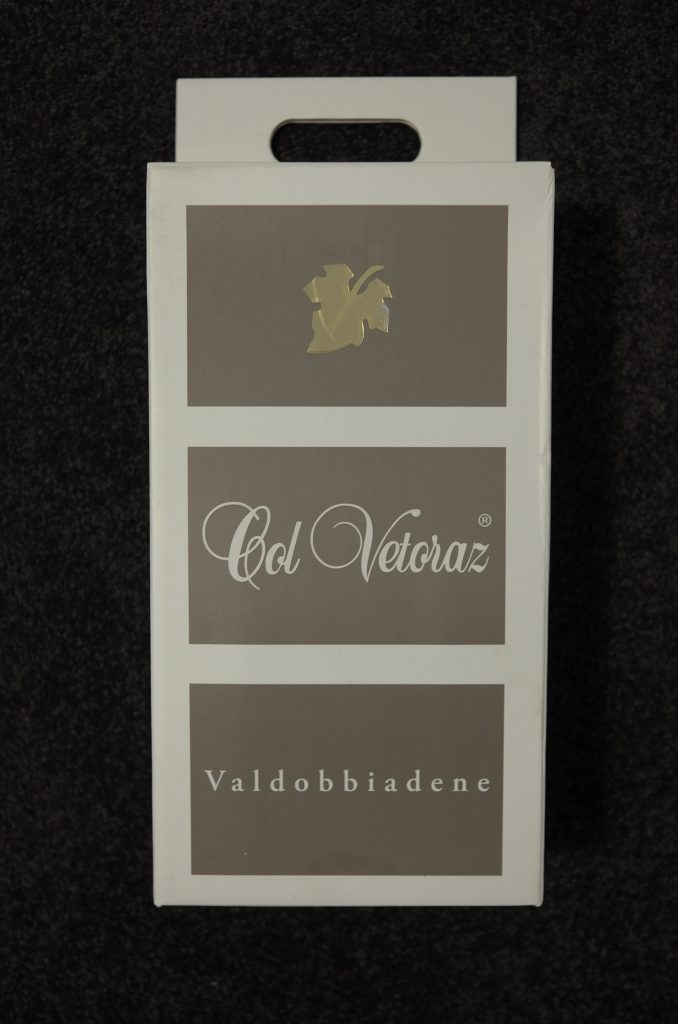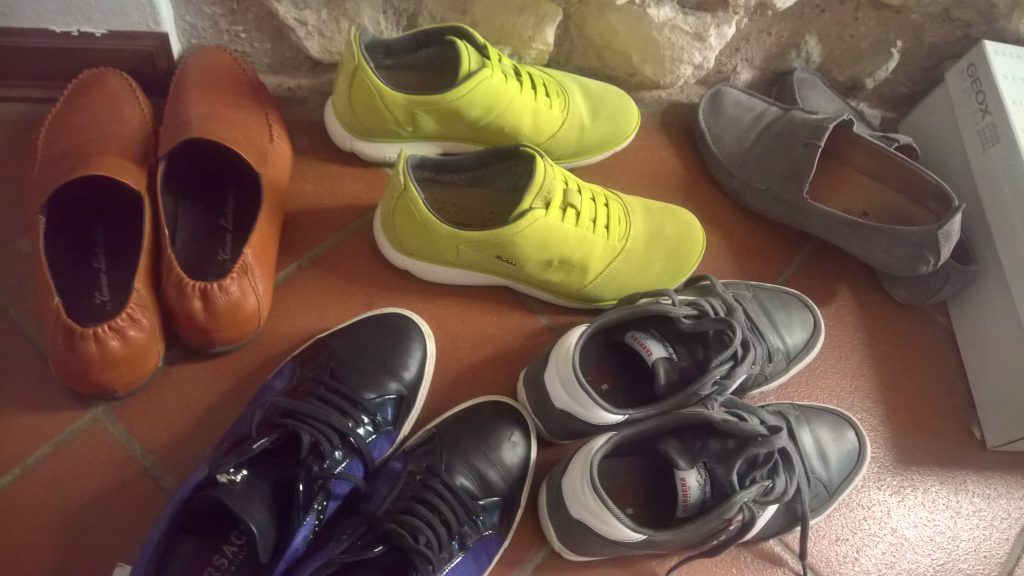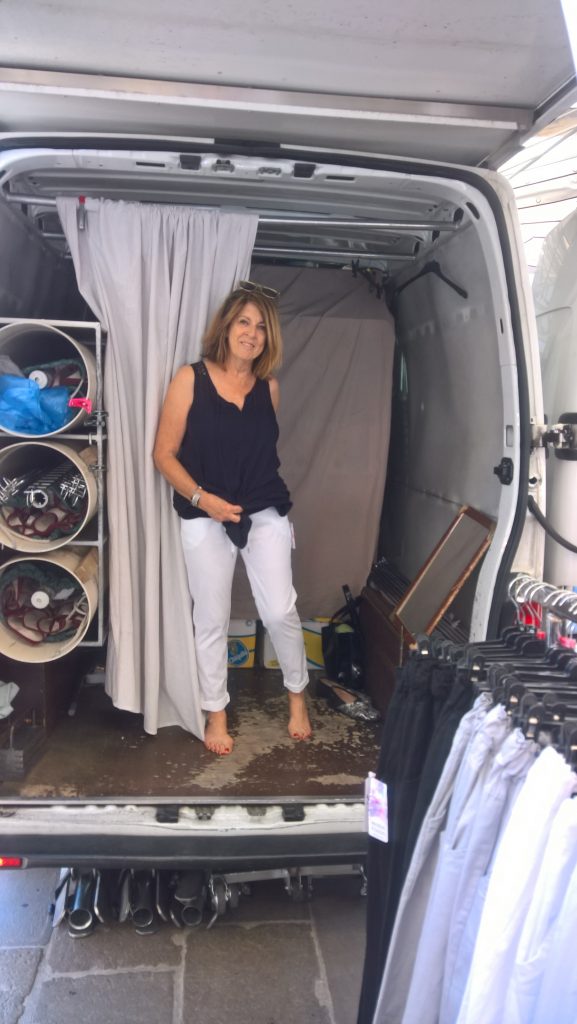Our recent return trip to Turin and Aosta involved six separate trains. The trip from Vicenza to Turin was direct on the Freccia Rossa and was scheduled to take 3 hours – not bad for a 350 km trip. It takes longer to drive.
We reached Torino Stursa which is two stops short of central precisely on time – and stopped. An announcement informed us that we would be delayed by 60 minutes. Many people left the train – presumably to take taxis or buses. We waited, figuring that as we didn’t know exactly where we were, it would be quicker to stay put and wait. After an hour the next announcement extended it to 90 minutes. More people left the train wandering aimlessly along the platform, asking questions where they could. The delay grew to 2 hours. There had been an incident involving a police investigation and we all know investigations aren’t quick. So after two and a half hours, we, too, left the train after inviting two older ladies (older than us) if they’d like to share a taxi. They declined.
Until Stursa we glided over the countryside at over 300 kph, whooshing through stations, feeling the suction of the pressure slapping against our train when we passed another high-speed train or zoomed through a tunnel. On one of the local, slower trains, we had the windows open because of the lack of airconditioning in our carriage, and the force of the train entering the tunnels sucked the windows shut with a snap.
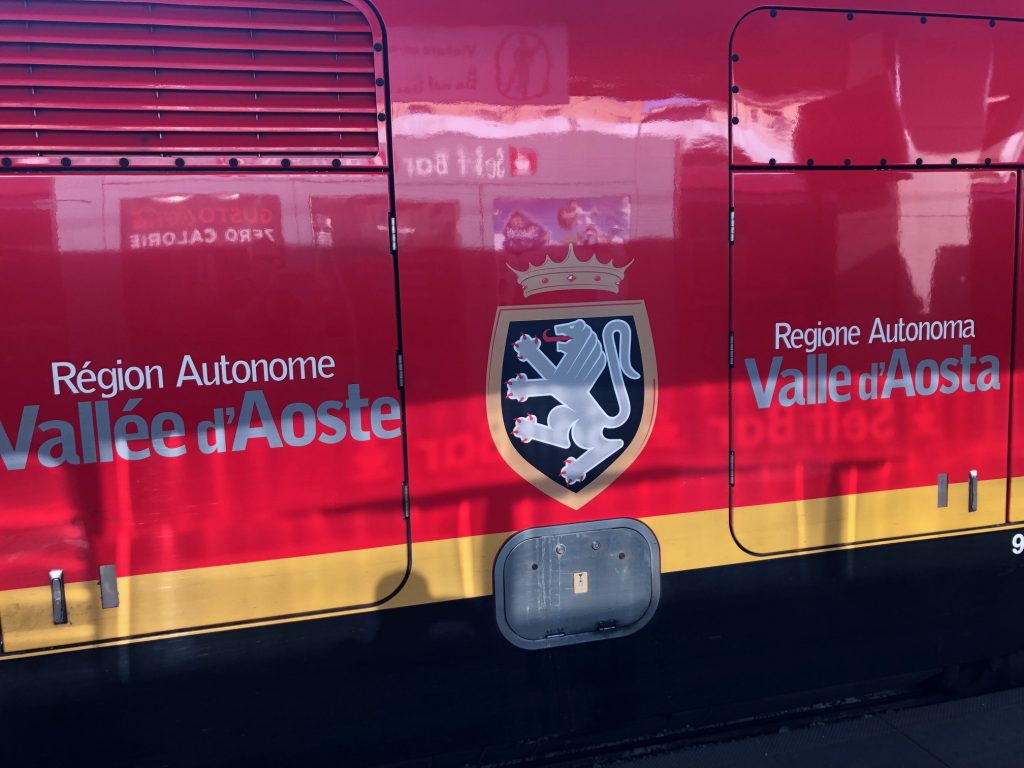
The train from Torino Porto Nuova to Aosta was dirty. The seats told sordid stories of unfortunate incidents – hopefully accidents – with stains leaching across every seat. I spread out the map of Torino and sat on it. So later I was surprised when a woman leaned over to me and said, “Your feet”. I thought she liked my shoes – which were resting on the edge of a seat. People do that. Ask where your shoes are from. Not her. In Italy we don’t put our feet on the seats in the trains. I said I had a mal di gamba (quick thinking on my part to say I had a sore leg). Anyway feeling a bit embarrassed I put my feet on the floor which was cleaner than the seats. I admired her pride in her train and in Italian behaviour. A little misplaced on this occasion but to be credited anyway.
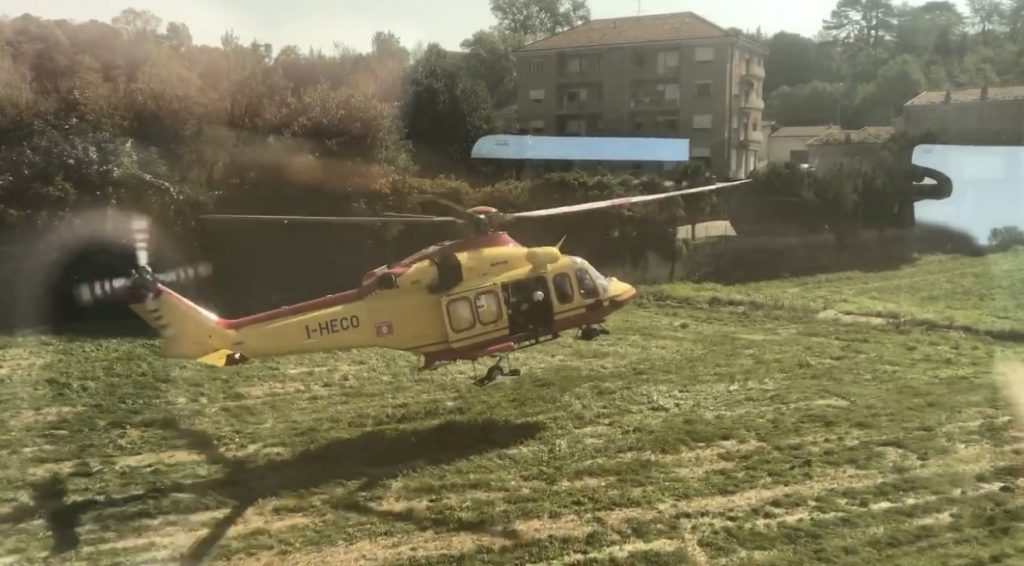
More unwanted action on the train from Torino to Aosta 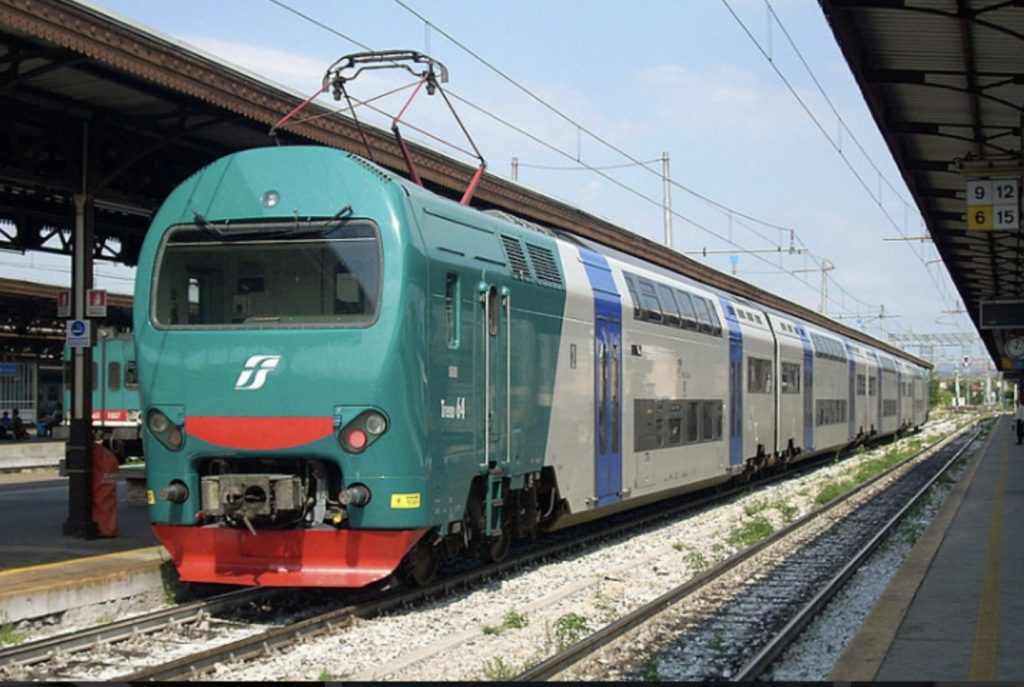
So while there was plenty of time to relax, read and look at the passing parade of changing scenes on the long direct train, there was also a significant amount of tension involved on the return trip which involved three changes. As we neared our next stop, we checked to see which side the doors would open, what platform we were arriving on and more importantly how many minutes until our connecting train departed.
The minutes between connections often dwindled alarmingly as our Regional Veloce (local, but fast) train pulled over to wait for a freight train or the Freccia Rossa to pass. We started off with 14 minutes to change at Chivasso, the first change after Aosta, but this shrunk to 6, then 3 minutes and as our train slowed, we could see our next train waiting four platforms over – this involved a dash downstairs, along the corridor and up the stairs again. Luckily we had only our cabin-bag sized cases. Rob flew up the last flight with both our bags. Super Man in action! The relief of flopping into a seat only seconds before the whistle blew and the flag waved was huge. Especially for him. We had a repeat of the chaos in Verona. We thought our train was terminating in Vicenza, so weren’t prepared to look for a train going through to Venice. We made it thanks to Super Man springing into action again. We needed another spritz when we reached Vicenza.
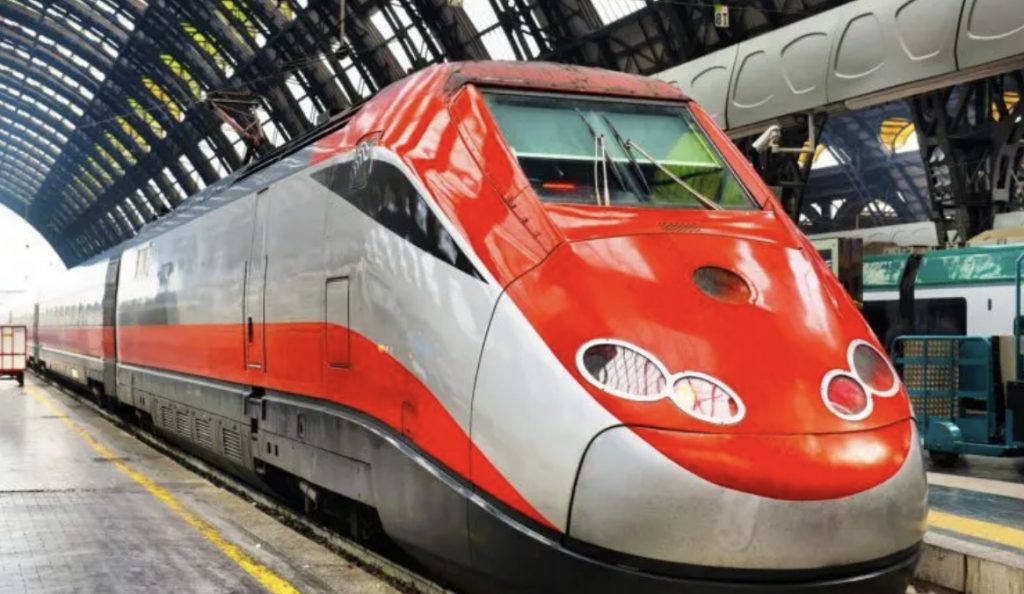
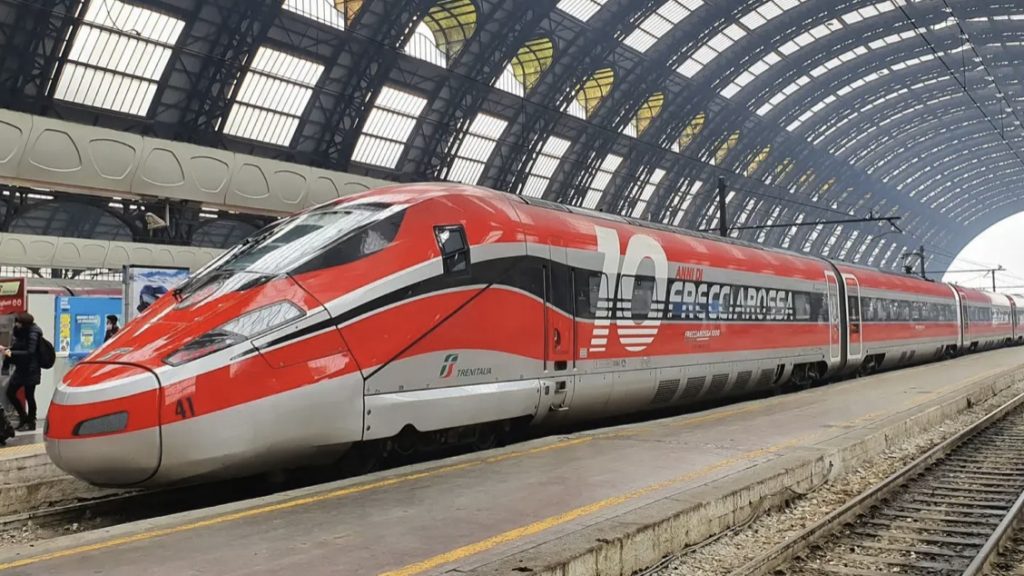
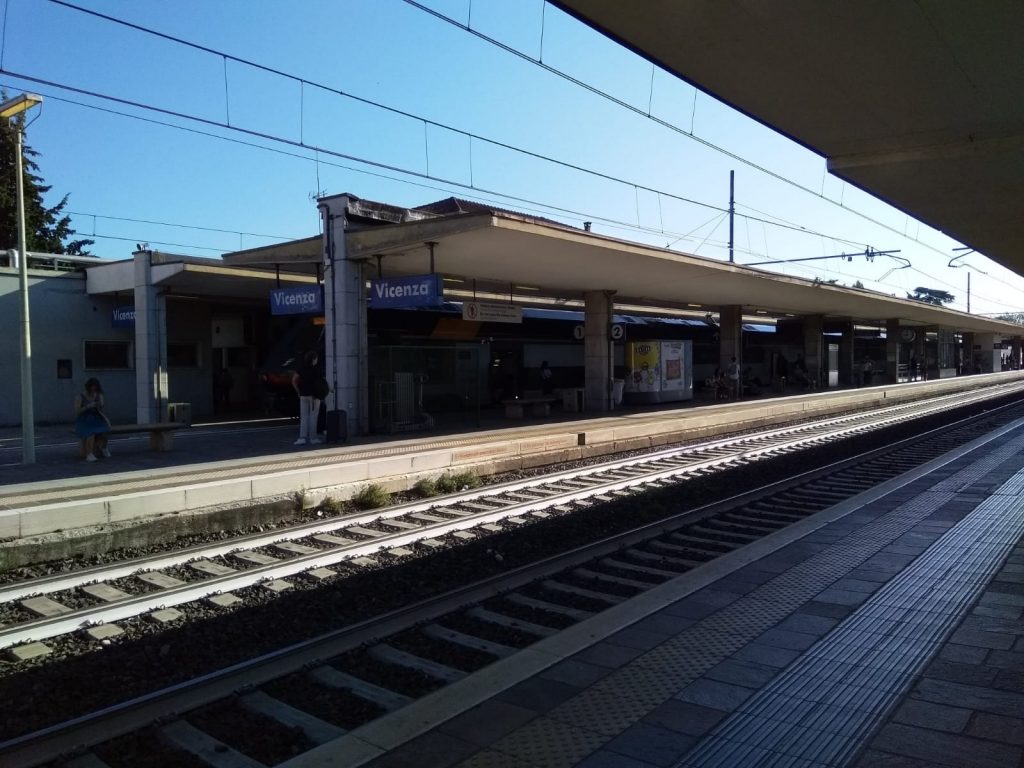


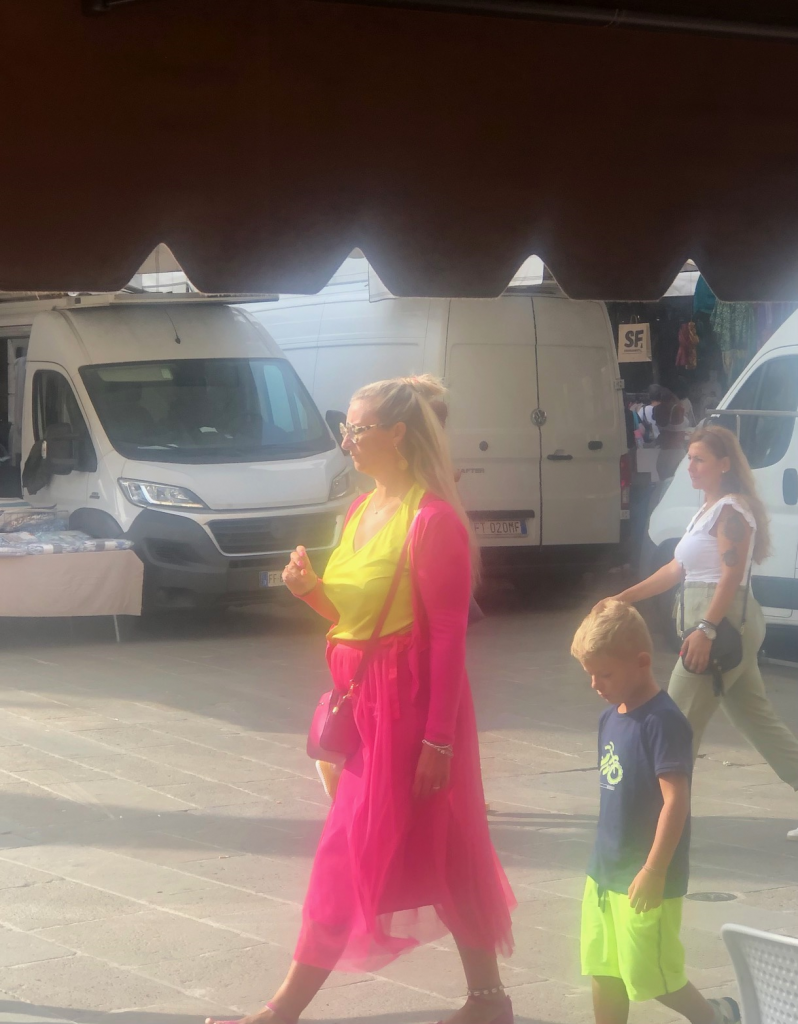





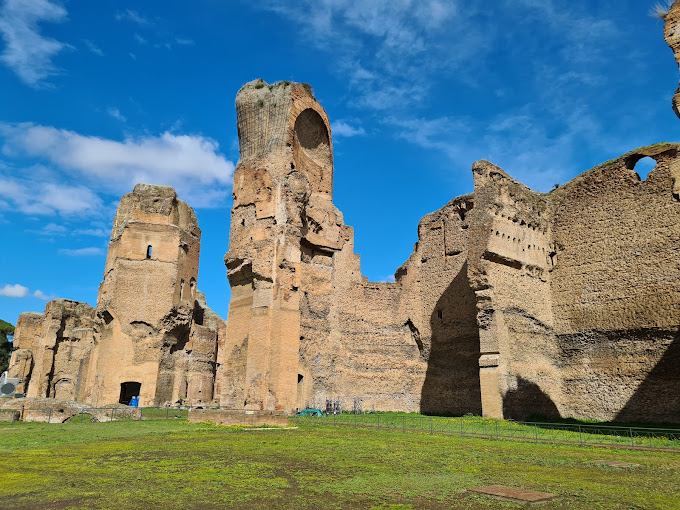
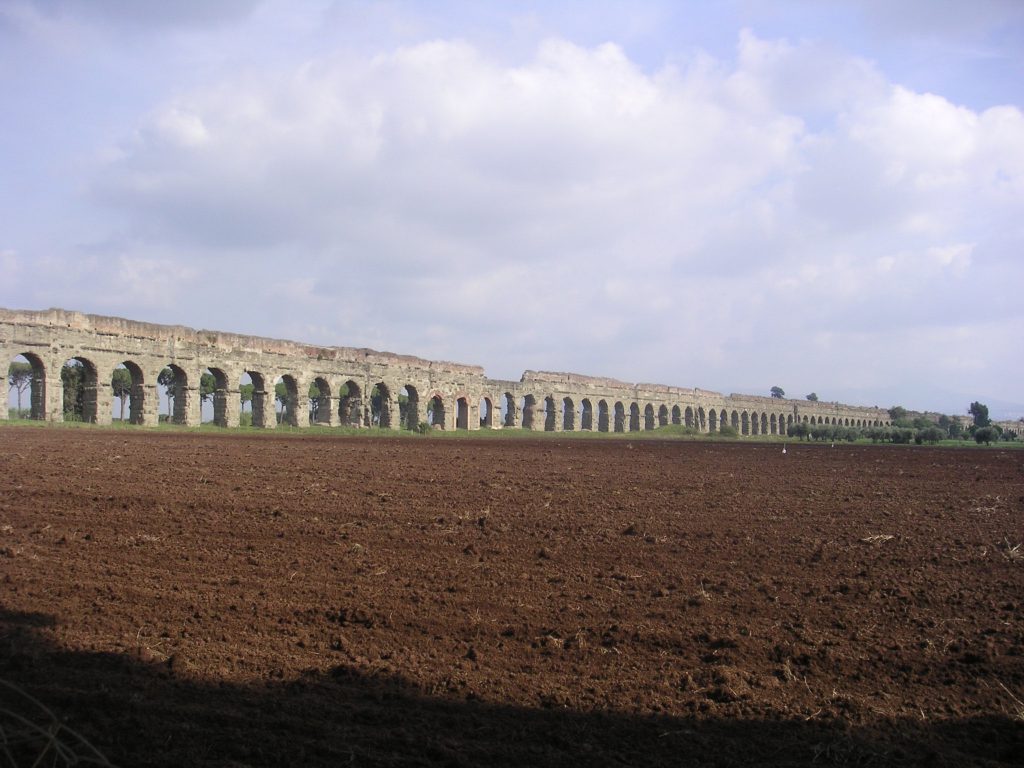
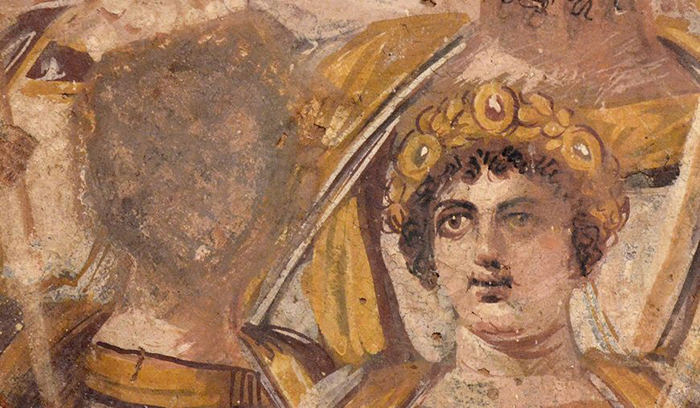




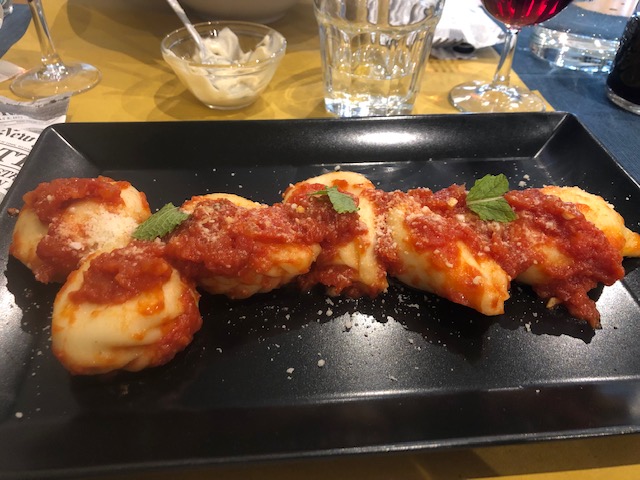
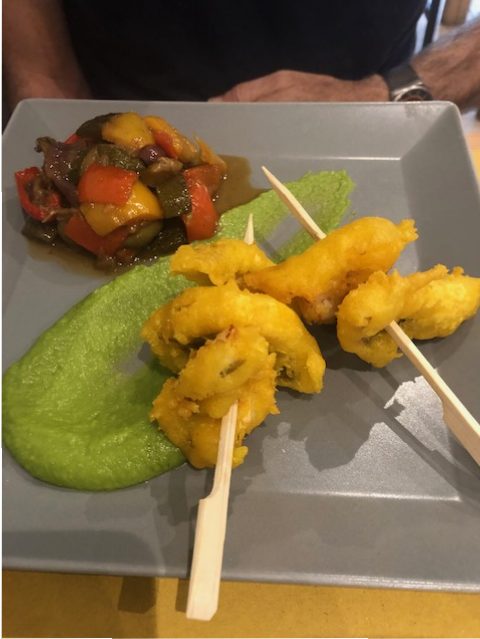
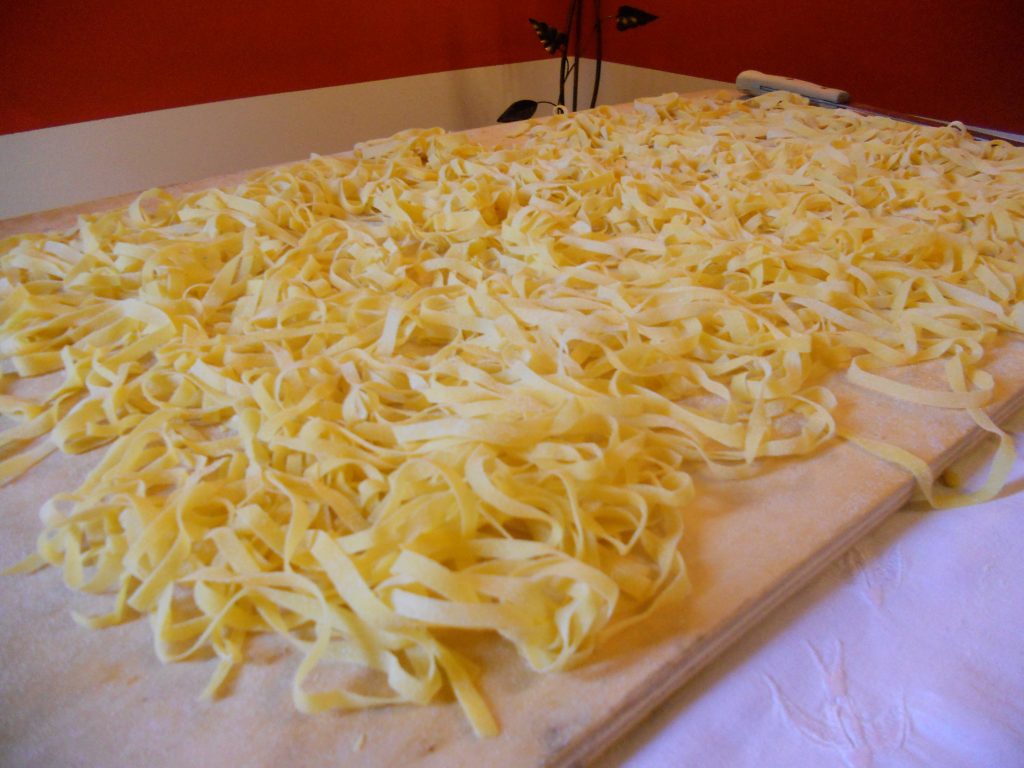
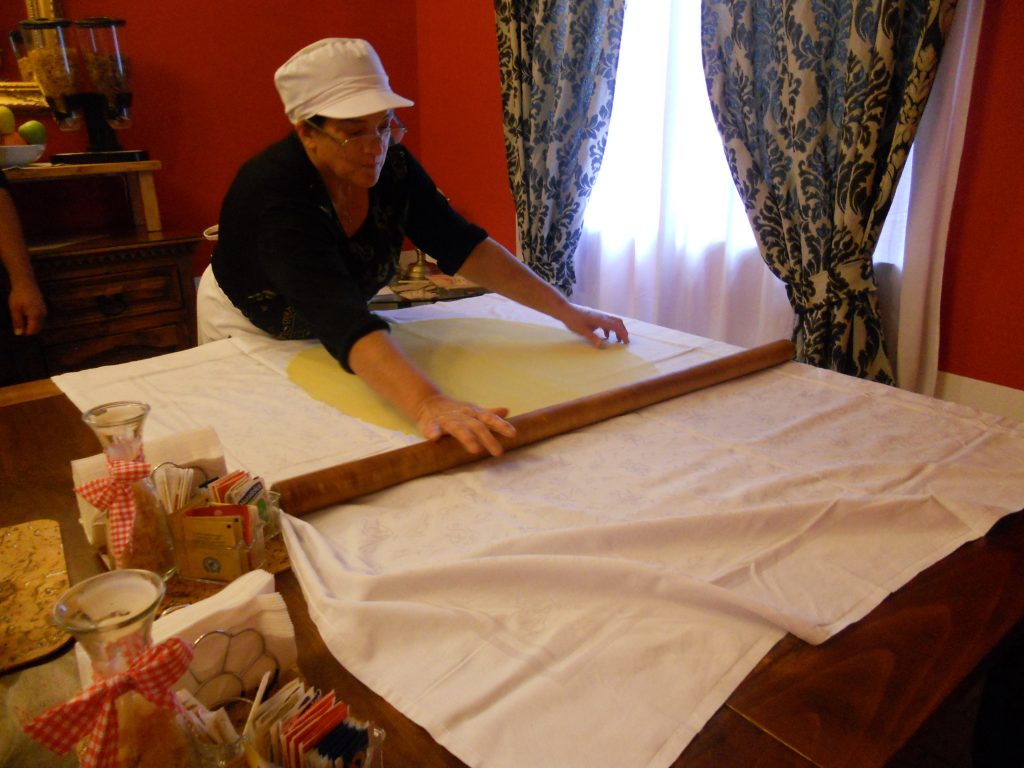
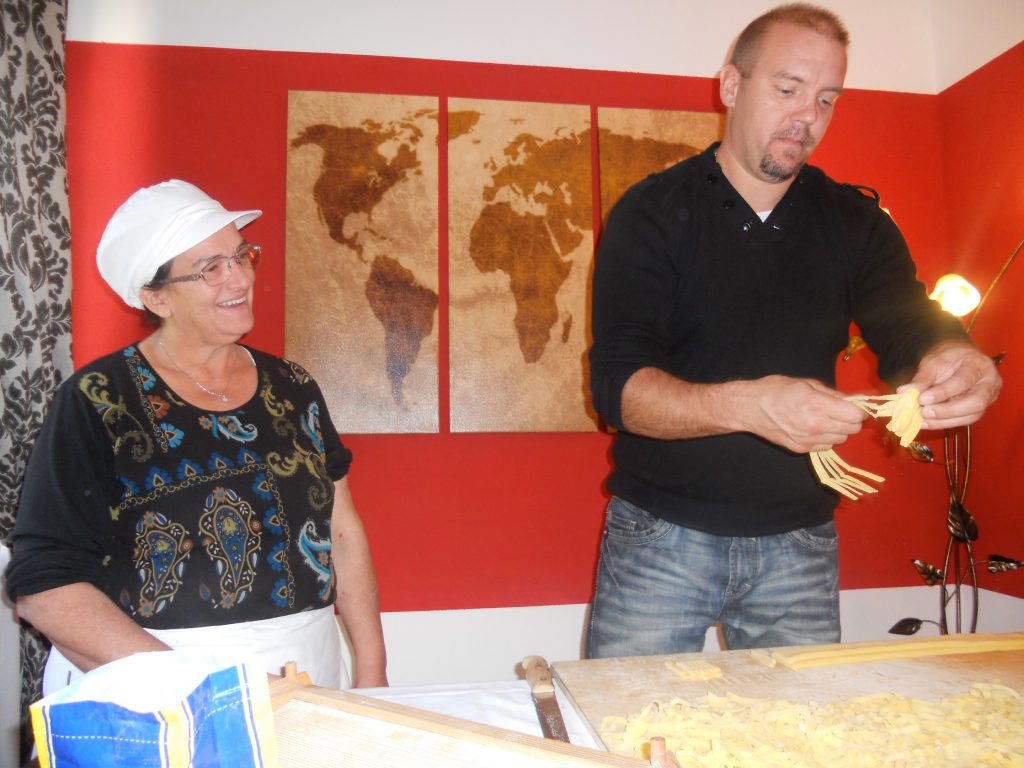
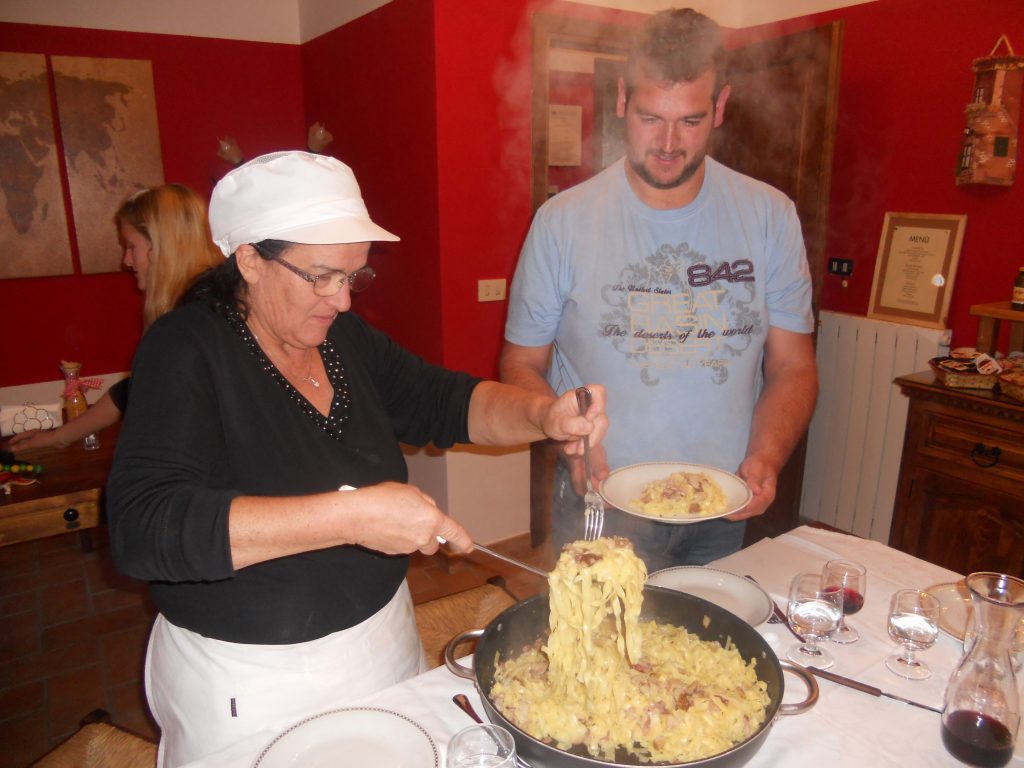


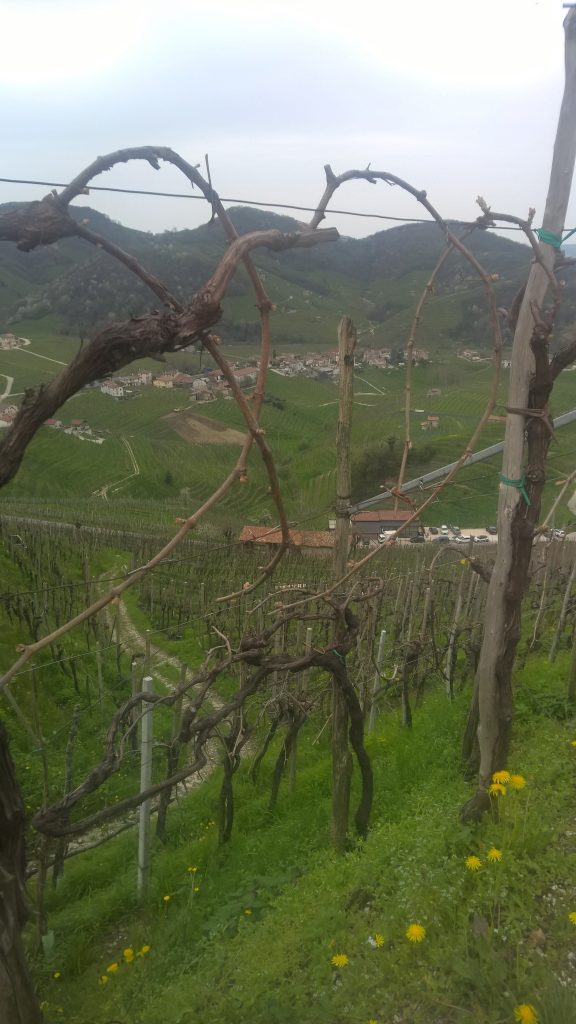 We saw a film recently at the Italian Film festival in Perth, called Finche’ c’e Prosecco c’e speranza. The English translation given was The Last Prosecco. A more literal translation is While There is prosecco, there is hope. Both titles would resonate with many of us. The last prosecco ever is just sad! But the last prosecco of the day is probably okay (because if you’re in Italy, you’re probably moving on to lunch or dinner with wine). If it is the end of a particularly good prosecco, you’ve probably solved not only your own problems but many of the greater ones too and have a new philosophical stance on things.
We saw a film recently at the Italian Film festival in Perth, called Finche’ c’e Prosecco c’e speranza. The English translation given was The Last Prosecco. A more literal translation is While There is prosecco, there is hope. Both titles would resonate with many of us. The last prosecco ever is just sad! But the last prosecco of the day is probably okay (because if you’re in Italy, you’re probably moving on to lunch or dinner with wine). If it is the end of a particularly good prosecco, you’ve probably solved not only your own problems but many of the greater ones too and have a new philosophical stance on things.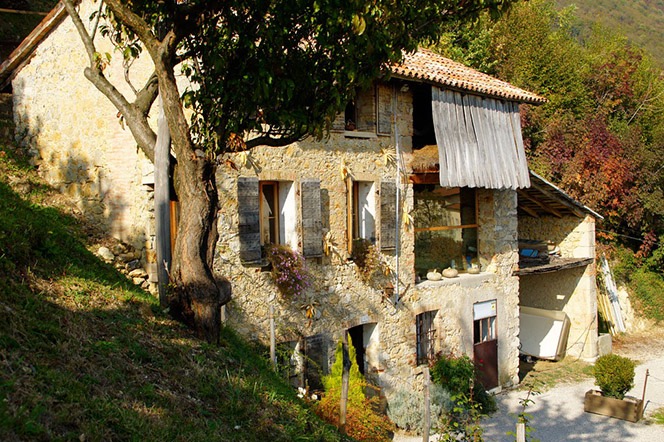
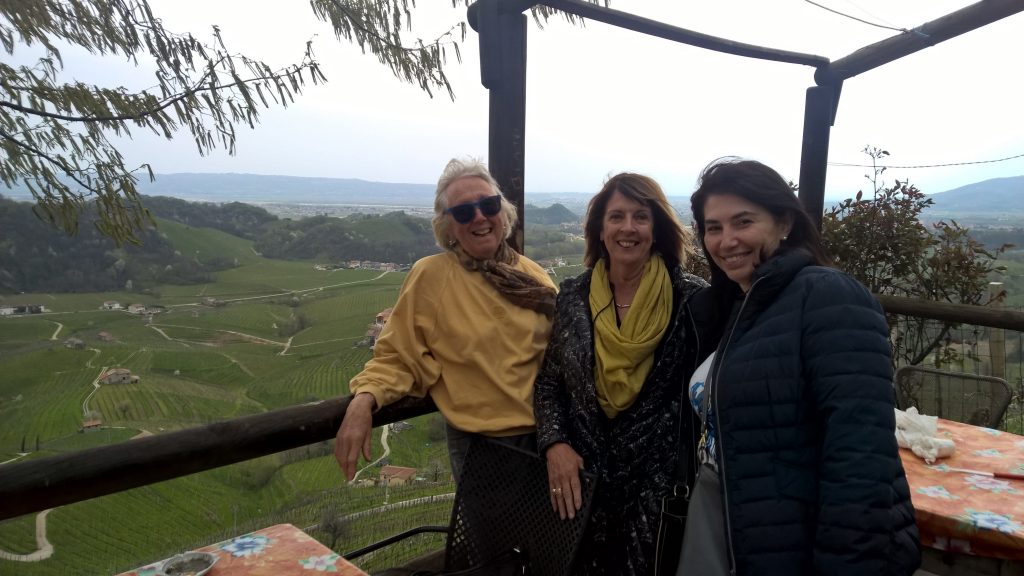 Our last prosecco of the day was sipped while watching the shadows grow longer, stretching down the slopes over the vines. The last light of the day bathed the landscape in yellow and reflected perfectly the colour of the bubbles in our glasses. Yes, while there is prosecco, there is hope!
Our last prosecco of the day was sipped while watching the shadows grow longer, stretching down the slopes over the vines. The last light of the day bathed the landscape in yellow and reflected perfectly the colour of the bubbles in our glasses. Yes, while there is prosecco, there is hope!